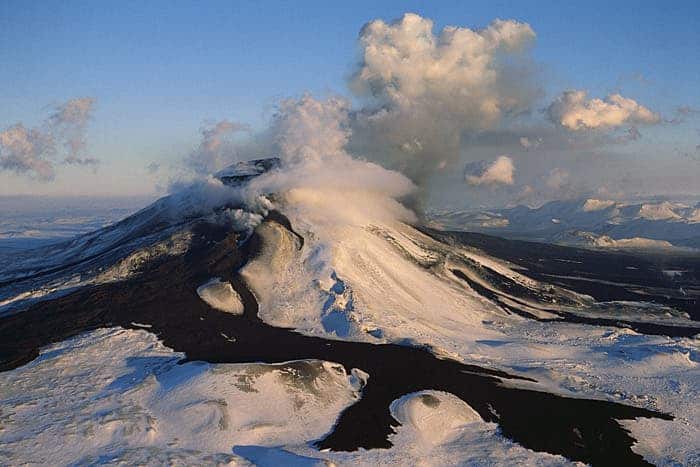Seismic activity is continuing at the Bárðarbunga volcano and an eruption may still take place, scientists said on Sunday, but the emergency level has been downgraded from red to orange.
“There are no indications that the activity is slowing down, and therefore an eruption can not be excluded,” the Icelandic Met Office said.
Over 700 earthquakes have been recorded on Sunday alone, including the strongest measured since 1996. Jay Miller, a research scientist in the International Ocean Discovery Program (IODP) agrees that the volcano could erupt at any given time.
“There is a sense that it might erupt because there have been over 2,600 small earthquakes in the region recently,” Miller explains. Such activity could mean an eruption is near, and then again, it could all stabilize and nothing could happen. These types of volcanoes lie under a huge ice shelf, which tends to make their future actions hard to predict. Because of all the recent seismic activity, there is a real concern it might erupt at any time, and if the ash blows south, that could be a huge problem for the airlines.”
Indeed, international air traffic and flooding seem to be the main problems in the event of an eruption, though scientists are still not clear how long it would take the lava to reach the surface of the ice. Geologists believe there are about 150-400 meters of ice above the volcano. Local news has set up a live stream of the volcano, and betting houses in Iceland are taking bets on whether or not (and when) the volcano will erupt. But this is no laughing matter.
“This is a situation that could get serious quickly if it (Bardabunga) erupts,” Miller adds. What happens is that the magma from the volcano is around 2,200 degrees and it hits the water there, which is near freezing,” he explains. “What is produced is a fine ash that actually has small pieces of glass in it, and it can very easily clog up a jet engine. Magma moves through the Earth all the time but yet there is not always an eruption. Volcanoes in that part of the world are hard to predict. There is a big concern of flooding in the area due to the melting of the glacier, even though it is sparsely populated. We certainly need to keep an eye on it and monitor its activity because an eruption could affect travel just as it did four years ago.”
In April 2010, a similar Icelandic volcano in the same general region erupted, and while there were no human casualties, over 100,000 flights were cancelled, causing economic losses of over $2 billion. That volcano – Eyjafjallajokull – had erupted only three times in the past 1,000 years, the last time in 1821. Meanwhile, Bardabunga last erupted in 1910. There are over 30 volcanoes scattered across Iceland.










